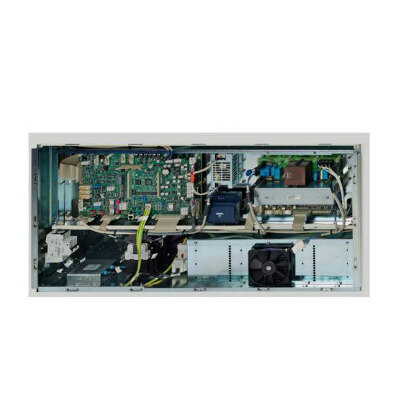Ultrahigh-Field fMRI Findings May Help Patients Recover from Spinal Cord Injury
By MedImaging International staff writers
Posted on 20 Aug 2014
Researchers have achieved the first validated noninvasive measurement of neural signaling in the spinal cords of healthy human volunteers. Their imaging technology may aid efforts to help patients recover from spinal cord injuries and other disorders affecting spinal cord function, including multiple sclerosis.Posted on 20 Aug 2014
“We definitely hope that this work can be translated to address many neurological disorders,” said the study’s first author, Robert Barry, PhD, a postdoctoral research fellow in the Vanderbilt University Institute of Imaging Science (VUIIS; Nashville, TN, USA). Directed by senior author John Gore, PhD the study’s findings were published on August 5, 2014, in the journal eLife.
The researchers used ultrahigh-field functional magnetic resonance imaging (fMRI) to detect for the first time “resting state” signals between neural circuits in the human spinal column. These signals are continuously active, not in response to external stimuli. “We see these background resting circuits as being inherent measures of function,” said Dr. Gore, a professor of medicine, university professor and vice chair of research in the department of radiology and radiological sciences.
The imaging findings may help provide insights into how spinal cord injury alters the “functional connectivity” between neural circuits, for example, and for evaluating and tracking recovery that occurs spontaneously or following various interventions. “The hope is that when you have impaired function that there will be changes [in the signals],” Dr. Gore said. “We’ve already got evidence for that from other studies.”
Research into the “resting” brain reveals how neural circuits coordinate to control various functions and to generate different behaviors. The spinal cord has been more complicated to study because it is much smaller than the brain, and traditional fMRI is not sensitive enough to capture its signals.
The Vanderbilt researchers overcame this hurdle by using an fMRI scanner with a 7 Tesla magnet, multichannel spinal cord coils, and cutting-edge technology for acquiring and analyzing the images.
Related Links:
Vanderbilt University Institute of Imaging Science
















